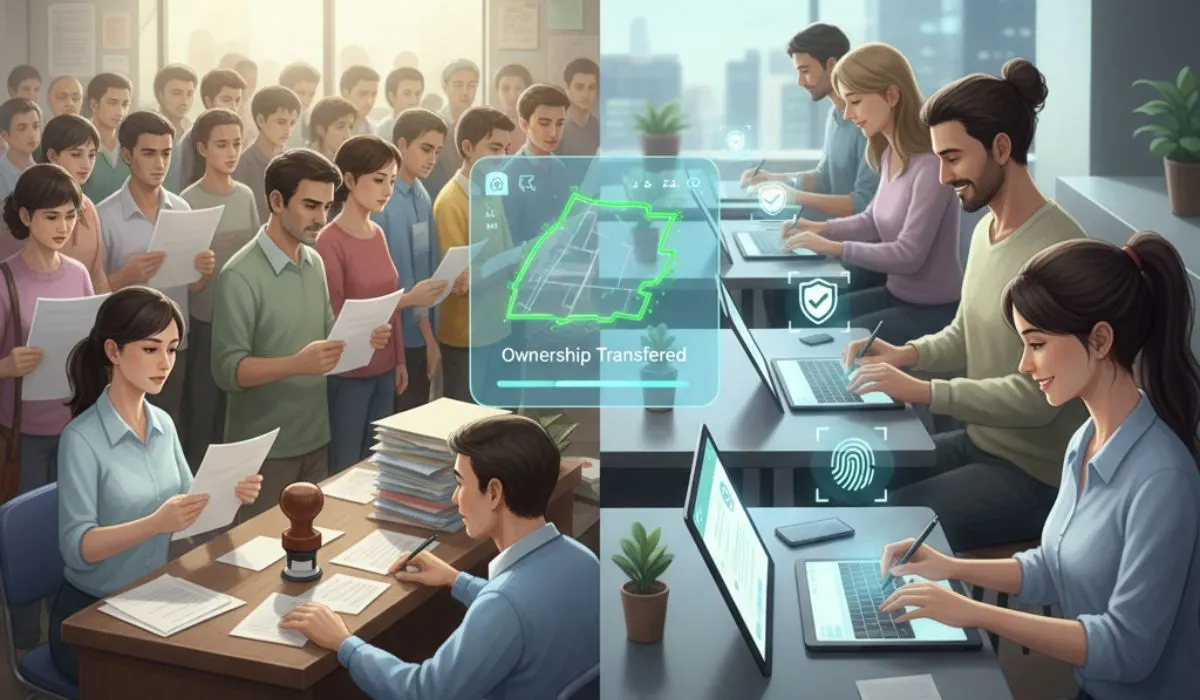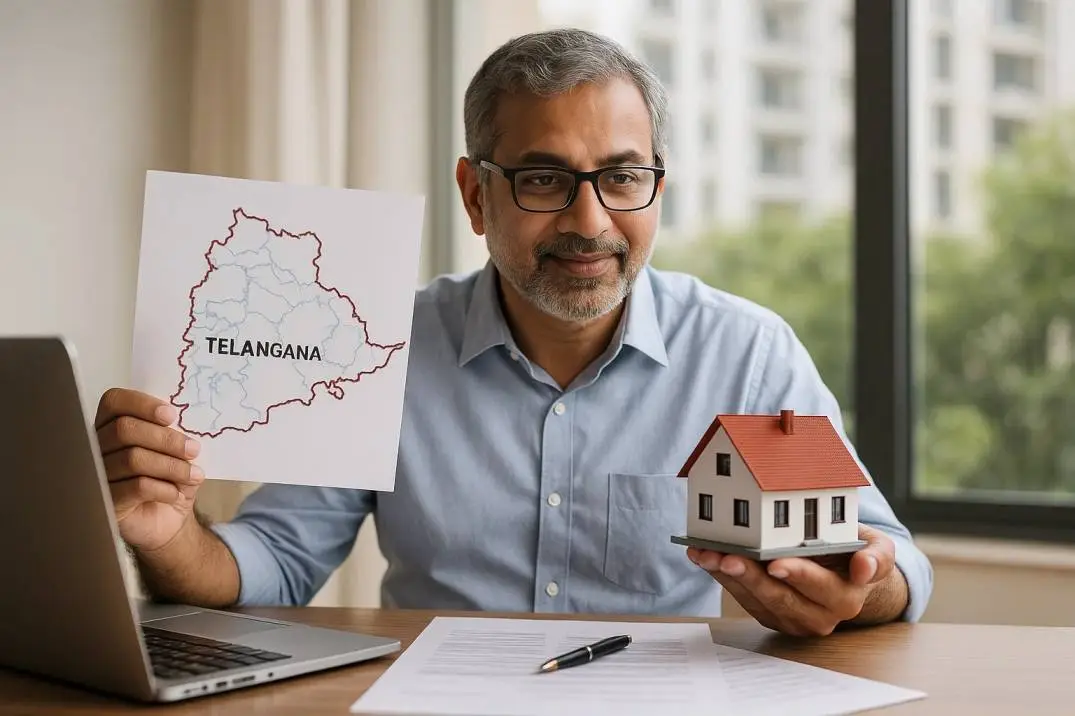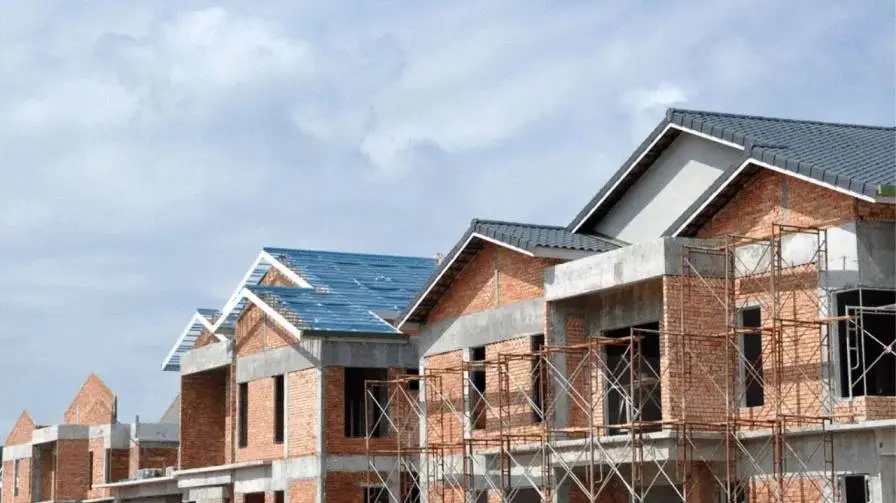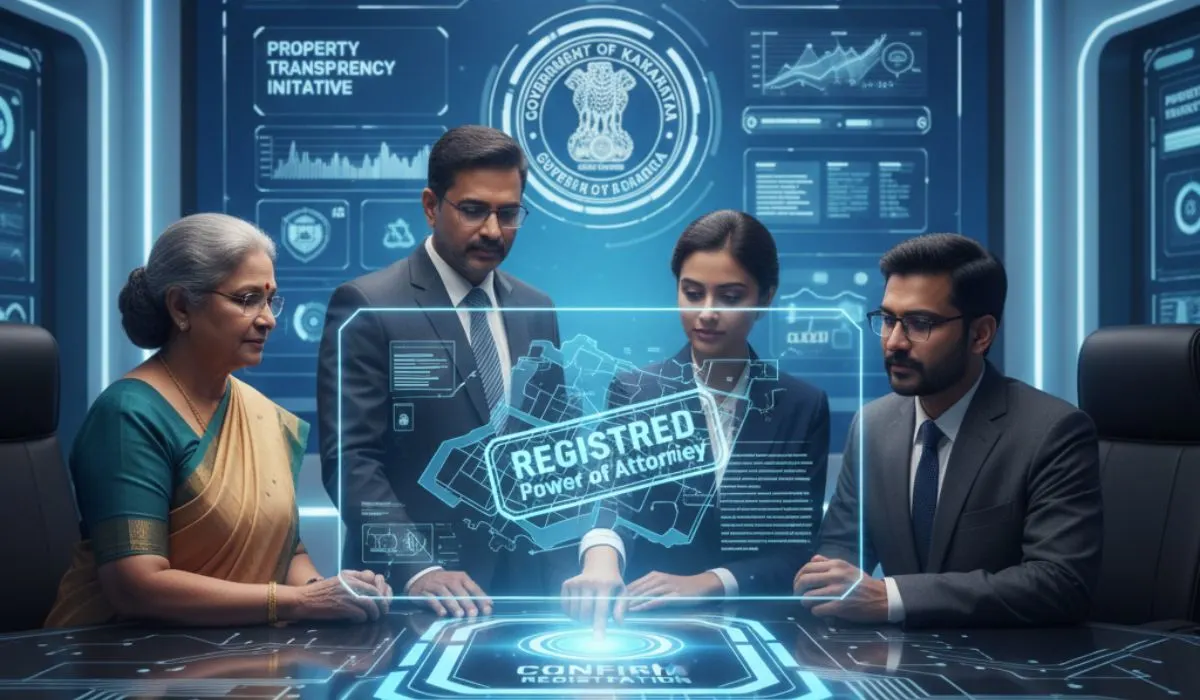The process of buying or selling property in India has always been considered a little difficult. Long documents, multiple rounds, and the involvement of middlemen made it more complicated. But now the government has taken a big step. A new system called "Faceless Property Registration System" has been launched with an aim to make property registration fast, transparent and easy.
Through this system, people can now register their property sitting at home. Now there will be no need to line up in any government office or get the officers to work together. This initiative really strengthens the dream of "Digital India."
What is faceless registration?
The word "faceless" means completion of work without any face-to-face contact. That is, now citizens will not have to go to the office for property related services. Everything will be online - application, submission of documents, fee payment and also verification.
All data will be recorded digitally. Applicants have to upload their documents through an online portal or mobile app. The officials will check those documents online and approve them in no time. This will not only save time but will also maintain transparency.
Why was such a scheme needed?
The process of property registration in India has been quite complex over the years. A lot of people didn't know what the process was. This led to an increased dependence on brokers or agents. Sometimes people had to pay extra money to get their work done.
In view of all these problems, the government decided to create a faceless and digital system. Its purpose is to:
the reduction of corruption, in order to save time, to help people stay at home, and to make government work transparent. This step will improve the processes related to property across the country and will also increase the confidence of the people.
How did this system start in India?
Many states have already taken steps in this direction. Every state is implementing this system according to its needs. Punjab was the first to introduce the "Easy Registry" system. It has promoted bribe-free registration. Now people only have to apply online and the registration is completed within 48 hours.
Maharashtra has launched the "One State, One Registration" initiative. Under this, property of any part of the state can be registered by sitting in any district.
"Faceless e-Khata system" has started in Bengaluru. Now the account associated with the property (Khata) can also be fully updated online. Madhya Pradesh has launched a modern portal named "Sampada 2.0." It has features like video KYC and e-stamping. These examples show that India is now rapidly digitising, and is moving towards real estate registration.
Key features of the new system
Faceless property registration includes many modern and convenient features, such as:
- Complete the online application: Now there is no need to fill any form by hand.
- Aadhaar-based authentication: The identification is confirmed by Aadhaar card or digital signature.
- Pay the fee online: Stamp duty and registration fees can now be submitted online.
- Monitoring of the process: You can view the status of the application in real-time.
- Storage of digital documents: All your documents will be saved in a secure government database.
- Contactless process: There is no need to meet any official or go to the office.
All these facilities not only facilitate the people but also ensure transparency and security.
Benefits for all age groups
This plan is suitable for all age groups.
- The young class: They can now easily understand and complete the process of buying a house or land. Technical knowledge helps them in this.
- Middle-aged people: This will save both time and money for people. Now they don't need middlemen.
- Senior citizens: for whom it was troublesome to reach government workplaces, presently they can work from home.
- Government and society: The government will have precise information, which will make it less demanding to define future arrangements. At the same time, debasement and extortion will be diminished.
The main advantages
Faceless property registration is not just a technological improvement, it is also a social change.
- Increase in transparency - Now every step will be recorded digitally.
- Reduction in corruption - The role of brokers and middlemen will end.
- Saving time - Earlier it used to take weeks, now the work is completed in a few hours or days.
- Security - Digital records are safe and secure.
- Easy tracking - You can view the status of your application at any time.
All these benefits will increase the trust of citizens in government processes.
Challenges that are currently being faced
With every new technology comes new challenges. There are also some limitations with faceless registration:
Lack of digital information, Many people in rural areas are not familiar with the Internet and computers. Technical problems, Sometimes the speed of the portal or server is slow.
Cyber security threats, It is important to ensure the security of online documents. Legal complications, It is challenging to convert old records and maps into digital form. Lack of human assistance, many times citizens need the help of a person, which is not immediately available in the faceless system.
The government is constantly making improvements to overcome these challenges so that everyone can take advantage of this service.
How to use Faceless Registration

Step 1: Go to the official website of your state government.
Step 2: Go to the "Faceless Property Registration" or "E-Registration" section.
Step 3: Upload your scanned documents.
Step 4: Complete Aadhaar based authentication.
Step 5: Pay the fee online.
Step 6: After submitting the form, you will receive an application number.
Step 7: Your property will be registered in the stipulated time.
There is no need to physically go anywhere in this entire process.
Future direction
Registration is just the beginning. In the coming time, the government will work on making it more advanced.
- Blockchain technology: It can be used to make records more secure.
- Drone mapping and GIS technology: This will help ensure the exact location of the property.
- Multi-lingual portal: so that people from every region can apply in their own language.
- Mobile apps: Registration can be done from a smartphone to further simplify the process.
After these reforms, the registration of property in India will become completely digital and reliable.
Conclusion
Faceless property registration is a historic step in India. It empowers common citizens to do their property related work sitting at home without any hassle. It not only saves time and money but also promotes honesty and transparency.
In the future, when this system will be implemented in the entire country, then from the property. Related disputes and frauds will be reduced to a great extent. This initiative is indeed a big step towards making India digital and corruption-free.













